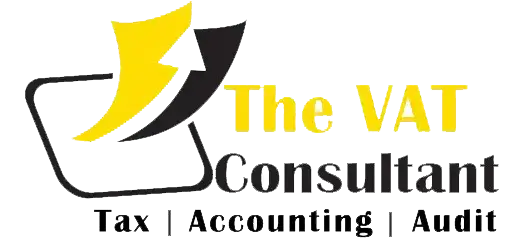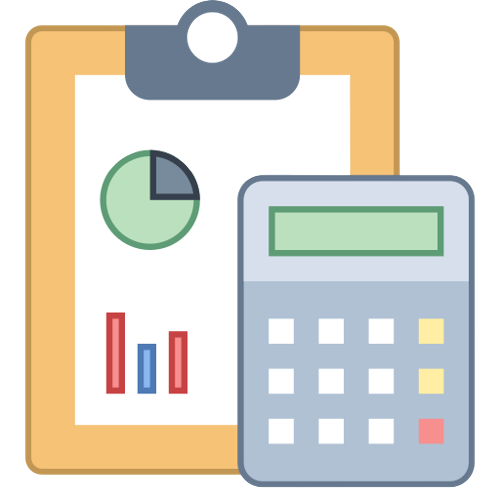From January 1, 2018, all registered companies must charge a 5% value-added tax on the provision of taxable goods and services. The VAT collected from the customer must be paid to the FTA. Although it is obvious that a 5% VAT needs to be charged, the question remains: What is the value of the VAT to be collected? This is something that companies need to pay attention to. This is because if the value of goods and services is found to be underestimated, it will result in underpayment of taxes, which will lead to violations, and therefore are vulnerable to legal proceedings. On the other hand, overestimation will cause companies to lose revenue through additional taxes.
The process of determining the value to be taxed is often called valuation. The “value of supply” clause of the UAE’s VAT law provides guidelines for determining the appropriate value of supply for which value-added tax is required. This will eliminate the ambiguity that leads to underestimation or overestimation and avoid litigation to determine value.
Let us understand how to determine the value of supply or value the UAE VAT?
Supply value of UAE VAT
Before understanding how to determine the value of supply, let us understand “consideration”, which determines the scope of determining the value of supply.
In the UAE Value-Added Tax Law, consideration is defined as “all payments received or expected to be received for the provision of goods or services, whether in cash or other acceptable payment methods”. This means that the consideration can be in monetary or non-monetary form.
According to the “consideration” of the received goods and services, the determination of the supply value can be divided into the following situations:
1. All consideration received in currency
2. All or part of non-currency consideration
Currency pair received
If all the consideration is currency, the supply value is the consideration minus taxes. In other words, the supply value is the sales value including all other expenses and expenses (such as discounts, packaging fees, etc.).
Let us understand this through an example.
Ali Spares Ltd sells spare parts worth 400,000 rupees to customers who pay by debit card. They also charge a packaging fee of Dh5,000.
Spare parts 400,000 AED
Packing fee 5000 AED
In the above case, the consideration is entirely monetary, so the supply value will be the net value before VAT, which is 405,000 AED (spare parts 400,000 AED + packaging fee 5,000 AED). The value-added tax is 20,250 dirhams (405,000 dirhams * 5%).
In the above example, these values do not include tax, and it is relatively easy to determine this value. Generally speaking, the consideration should be regarded as including tax, unless it is clearly stated that tax is not included.
How to determine whether the value includes tax?
this is very simple. You only need to reduce the value-added tax amount from the total consideration (tax included). To do this, you need to use the following formula to calculate the VAT amount:
Value-added tax amount = total consideration * 5 (value-added tax rate) / (100 + 5% value-added tax)
The value-added tax amount obtained using the above formula should be reduced from the total consideration.
Let us consider the above formula as an example to understand this.
In the example above, the total consideration for the supply of spare parts is 425,250 AED, including 5% value added tax. To get the source value, you need to reduce the value added tax from 425,250 AED. Let’s use the formula discussed above to achieve this goal.
425,250 * 5/105 = 20,250 is the value-added tax amount subtracted from the total consideration to get the supply amount, which is 405,000 AED.
related articles:
1. Supply evaluation without consideration
2. Supply value in the case of UAE imports
3. How does the UAE enjoy discounts under VAT?
4. Calculation of value-added tax for tax-included prices


























